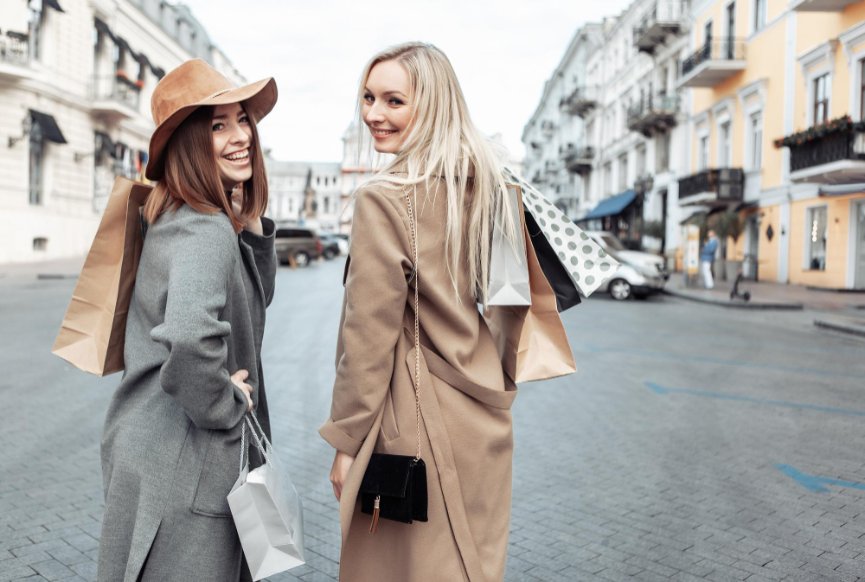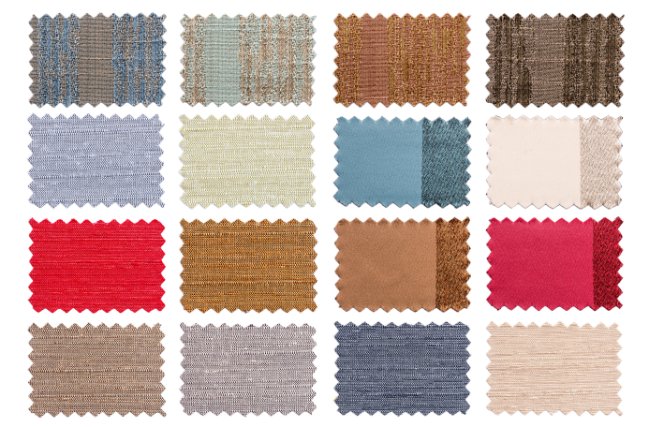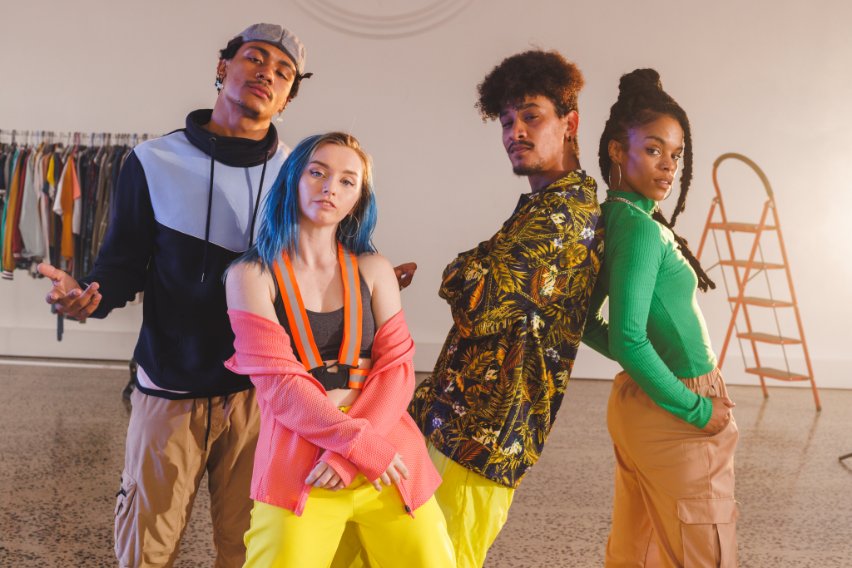Your comprehensive guide to understanding fashion trends, fabric innovations, and industry shifts shaping the current year and beyond
Table of Contents
- Industry Overview & Market Analysis
- Color Trends Dominating 2025
- Fabric Innovations & Material Trends
- Silhouette & Design Trends
- Designer Highlights & Brand Analysis
- Cultural Influences & Nostalgia
- Sustainability & Ethical Fashion
- Technology’s Impact on Fashion
- How Fashion Forecasting Works
- Finding Your Personal Style
- Industry Challenges & Opportunities
- Frequently Asked Questions
- Conclusion
Industry Overview & Market Analysis
The fashion industry in 2025 faces unprecedented challenges and opportunities. According to the latest McKinsey Global Fashion Index, revenue growth is expected to stabilize in the low single digits, marking a significant shift from previous years of rapid expansion.
What is the forecast for the clothing industry?
The clothing industry outlook for 2025 reflects both challenges and transformation. Consumer sentiment remains cautious, with 70% of fashion executives citing lack of consumer confidence as their biggest concern. However, this challenging environment is creating opportunities for agile brands that can adapt quickly to changing market conditions.
Is the fashion industry struggling?
Yes, the fashion industry is experiencing significant headwinds. The combination of economic uncertainty, inflation impacts, and changing consumer values has created what many experts call a “perfect storm.” However, this struggle is also driving innovation and forcing brands to become more efficient and customer-focused.
What is missing in the fashion industry?
The industry currently lacks agility in adapting to rapid trend changes, transparency in supply chains, and genuine sustainability practices. Many brands are also missing the technology infrastructure needed to compete effectively in an AI-driven marketplace.
Color Trends Dominating 2025
What is the color of 2025 fashion trends?
The color palette for 2025 emphasizes emotional connection and comfort. Soft pastels take center stage, creating a gentle yet impactful presence across collections. These colors reflect consumer desire for optimism and tranquility in uncertain times.
2025 Color Palette
#F8D7DA
#FFF3CD
#D4E6D4
#40E0D0
#8B4513
#C0C0C0
Turquoise is forecasted to increase by 8% compared to previous seasons, while rich brown tones reflect the growing desire for grounding, natural elements in our wardrobes. These earthy hues pair beautifully with metallic accents for a modern, sophisticated look.
The trend toward natural fabrics has influenced color choices, with many designers opting for shades that complement organic materials like cotton and linen.
Fabric Innovations & Material Trends
What is the fashion fabric forecast for 2025?
Fabric innovation in 2025 centers on three key areas: sustainability, performance, and comfort. The industry has seen a 75% increase in brands using certified organic materials compared to 2024, driven by both consumer demand and regulatory pressures.
What is the fabric trend in 2026?
Looking ahead to 2026, we anticipate even greater emphasis on bio-based materials and closed-loop recycling systems. Fabric technologies will focus on durability and multi-functionality, with smart textiles becoming more mainstream.
| Fabric Type | Sustainability Rating | Price Point | Key Applications |
|---|---|---|---|
| Organic Cotton | Excellent | Medium | Casual wear, basics |
| Recycled Polyester | Good | Low-Medium | Activewear, outerwear |
| Hemp Blends | Excellent | Medium-High | Denim, structured pieces |
| Bio-based Materials | Excellent | High | Luxury, experimental |
Suede Renaissance
Suede is experiencing a major comeback in 2025, with growth projected at 17% among women’s fashion. According to Vogue Business analysis, searches for suede are up 263% over the past month, with “suede bags” seeing a 175% increase. This versatile material appears on everything from handbags to outerwear, often in matching sets that create cohesive, luxurious looks.
For those interested in working with these trending fabrics, understanding proper fabric cutting techniques becomes essential for achieving professional results.
Technical Fabric Integration
The line between performance and fashion continues to blur, with moisture-wicking and temperature-regulating properties being integrated into everyday clothing. This trend reflects the growing demand for versatile pieces that transition seamlessly from active to casual wear.
Silhouette & Design Trends
Key Silhouette Evolution
Fashion silhouettes in 2025 embrace both structure and fluidity. The concept of “soft power” dressing has gained traction, blending feminine elements with strong, architectural lines.
Strapless dresses
+15% growth
Asymmetric tops
+10% adoption
Oversized blazers
Peak popularity
Structured coats
Premium positioning
Are skinny jeans back in 2025?
Skinny jeans are making a selective comeback, but not as the dominant trend they once were. Instead, they’re appearing as part of a more diverse denim landscape that includes wide-leg styles, straight cuts, and innovative stretchy fabrics that prioritize comfort.
Are puff sleeves in style in 2025?
Puff sleeves have evolved beyond their initial trend status to become a classic detail. In 2025, we see more refined interpretations with subtle volume rather than dramatic proportions, making them suitable for both casual and professional settings.
Are leggings still in style in 2025?
Leggings remain a wardrobe staple, but with elevated styling. High-quality fabrics, interesting textures, and sophisticated cuts have transformed leggings from purely athletic wear to versatile fashion pieces suitable for various occasions.
The New Midi Revolution
Midi skirts with architectural pleating and asymmetrical hemlines dominate runways. The most striking trend is the skirt-over-pants combination, giving traditional midi skirts a modern edge. This innovative styling approach challenges conventional fashion rules while maintaining wearability.
Designer Highlights & Brand Analysis
Leading fashion houses bring fresh perspectives and exciting partnerships to 2025. These designers showcase innovative cuts, unexpected fabric combinations, and groundbreaking collaborations that redefine luxury fashion.
Spotlight: Emerging Design Philosophy
Contemporary designers emphasize transparent layers and feminine power dressing. Crisp white shirts paired with midi skirts in technical fabrics represent the new sophisticated workwear aesthetic.
| Design Element | High-End Brands | Accessible Brands | Price Difference |
|---|---|---|---|
| Structured Blazers | $800-1500 | $80-200 | 500-900% markup |
| Metallic Accessories | $300-800 | $30-80 | 900% markup |
| Statement Dresses | $1200-3000 | $60-150 | 1500-2000% markup |
Key Design Elements
- Crystal-embellished knitwear with subtle sparkle
- Sheer overlay dresses for layered sophistication
- Platform shoes with architectural details
- Structured leather bags with geometric shapes
The focus on premium materials requires consumers to understand proper care techniques to maintain these investment pieces.
Cultural Influences & Nostalgia
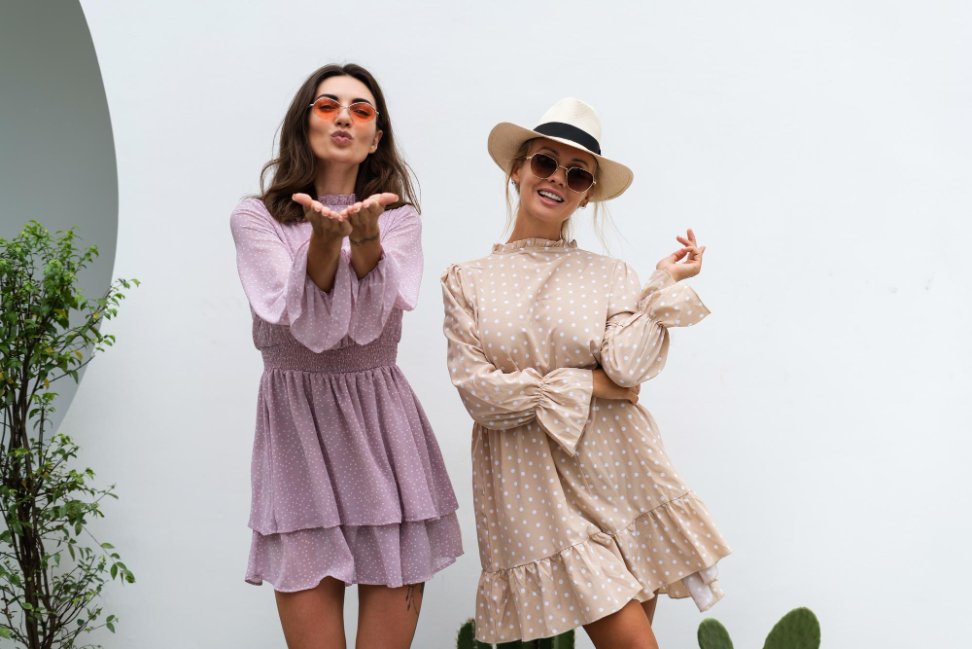
Is 70s fashion coming back in 2025?
Yes, 70s fashion elements are experiencing a significant revival, but with modern interpretations. Flowing maxi dresses, earth tones, and natural fabrics capture the essence of the era while meeting contemporary style preferences.
The Boho Renaissance
Boho style makes a strong comeback with flowing maxi dresses, earth tones, and natural fabrics. Peasant blouses paired with distressed denim and leather sandals create authentic vintage-inspired looks.
Grunge Evolution
The grunge influence brings back plaid flannel shirts and combat boots, but designers have updated these pieces with sustainable materials and refined silhouettes while keeping the rebellious spirit intact.
Decade-Mixing Trend
Designers freely mix decades, creating unique combinations like 70s-inspired bell sleeves on 90s slip dresses, or 60s mini skirts paired with 80s power shoulders. This approach creates looks that feel both familiar and refreshingly new.
Sustainability & Ethical Fashion
What is the slow fashion recession?
The slow fashion recession refers to the decreased consumer spending on fast fashion as awareness of environmental and social impacts grows. This shift has created opportunities for sustainable brands while challenging traditional fast fashion business models.
Organic Materials Revolution
Organic cotton dominates 2025 collections, with 75% more brands using certified organic materials compared to 2024. Breathable hemp-cotton blends and recycled polyester are becoming fashion staples.
Supply Chain Transparency
Clothing tags now feature QR codes linking to detailed production information. Consumers can scan to see exact factory locations, worker wages, and environmental impact of each garment.
| Sustainability Factor | Traditional Fashion | Sustainable Fashion | Impact Difference |
|---|---|---|---|
| Water Usage | 2,700L per t-shirt | 500L per t-shirt | 80% reduction |
| Carbon Footprint | 5.9kg CO2 | 2.1kg CO2 | 64% reduction |
| Chemical Use | High synthetic | GOTS certified | 90% reduction |
Digital Transparency Features
- Factory working conditions documentation
- Carbon footprint calculations
- Water usage tracking
- Worker rights compliance verification
- Material sourcing details with GPS tracking
Technology’s Impact on Fashion
What will future fashion look like?
Future fashion will be characterized by smart textiles, AI-driven personalization, and seamless integration of technology into everyday clothing. We’re already seeing temperature-regulating fabrics and clothing with embedded sensors entering mainstream collections.
How will fashion look in 2050?
By 2050, fashion will likely feature fully biodegradable materials, 3D-printed garments customized to individual body shapes, and clothing that adapts automatically to weather conditions. Circular economy principles will be standard, with most clothing designed for complete recyclability.
What will fashion be like in 10 years?
In the next decade, fashion will become increasingly personalized through AI, with virtual fitting becoming standard. Sustainable materials will dominate, and the concept of seasonal collections may disappear in favor of continuous, data-driven releases.
Digital Shopping Evolution
Virtual try-ons and augmented reality shopping experiences are becoming standard features. Mobile shopping apps offer personalized recommendations based on style preferences, with 67% of fashion traffic now coming from mobile devices.
AI-Driven Trend Prediction
Fashion brands use AI to analyze millions of social media images daily, detecting over 2,000 fashion attributes including colors, prints, fabrics, and silhouettes. Leading trend forecasting companies like WGSN combine expert analysis with data science to help brands anticipate demand and optimize production with over 90% accuracy.
How Fashion Forecasting Works
How to do a fashion forecast?
Fashion forecasting combines data analysis, cultural observation, and industry expertise. The process involves studying social media trends, analyzing retail data, observing street style, and consulting with industry experts to predict what consumers will want 6-24 months in advance.
What does a typical fashion forecast include?
A comprehensive fashion forecast includes:
- Color predictions with specific pantone references
- Fabric and texture trends
- Silhouette and design direction
- Cultural and lifestyle influences
- Market analysis and consumer behavior insights
- Timeline for trend adoption and peak popularity
Why is fashion forecasting difficult to do?
Fashion forecasting is challenging because it requires predicting human behavior and cultural shifts. Factors like social media virality, economic conditions, global events, and generational changes can all impact trend adoption in unpredictable ways.
What is the prediction of fashion trend called?
The prediction of fashion trends is called trend forecasting or fashion forecasting. This professional field employs various methodologies including data analytics, cultural anthropology, and market research to anticipate future consumer preferences.
What is a long term forecast in fashion?
Long-term fashion forecasting typically covers 18-24 months ahead and focuses on major cultural shifts, color directions, and silhouette evolution. These forecasts help brands plan collections and make strategic business decisions.
What are the stages of fashion trend?
Fashion trends typically follow five stages:
Innovators adopt
Early adopters follow
Mass market adoption
Reduced interest
Trend ends
How do fast fashion brands predict trends?
Fast fashion brands use real-time data analysis, social media monitoring, and rapid prototyping to predict and respond to trends quickly. They often copy designs from luxury brands and use AI to analyze consumer behavior patterns for faster trend adoption.
What are the three types of trend analysis?
The three main types of trend analysis in fashion are:
- Short-term analysis (3-6 months): Micro-trends and seasonal variations
- Medium-term analysis (6-18 months): Seasonal collections and market shifts
- Long-term analysis (18-36 months): Cultural movements and major industry changes
Finding Your Personal Style
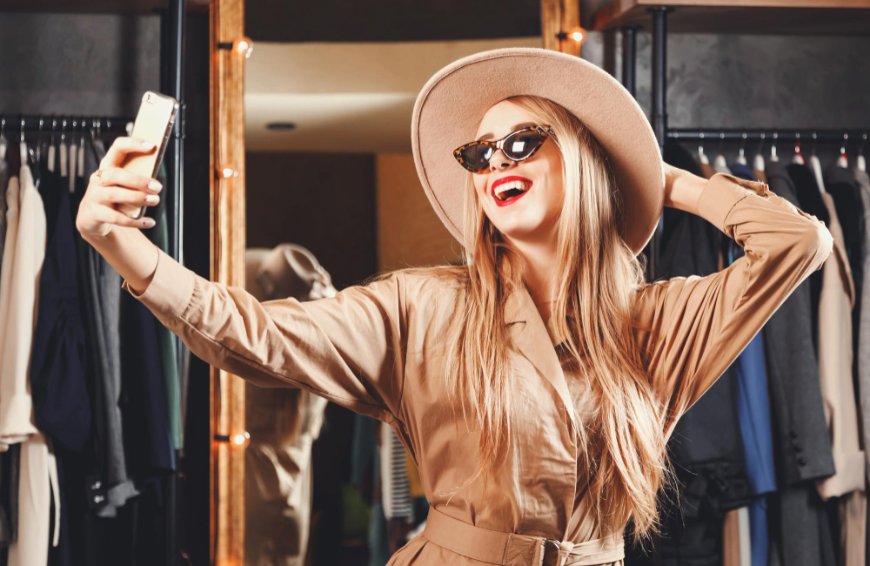
How do I find my style?
Finding your personal style involves understanding your lifestyle, body shape, and preferences. Start by analyzing your current wardrobe, identifying pieces you love, and understanding why they work for you.
Why am I struggling to find my style?
Style struggles often stem from trying to follow trends that don’t suit your lifestyle or body type. Focus on understanding your personal preferences rather than copying others. Consider your daily activities, comfort requirements, and budget constraints when developing your style.
How do I find my body shape?
Understanding your body shape helps you choose flattering silhouettes. Measure your bust, waist, and hips, then compare proportions. Remember that body shape is just one factor in style choices, and the goal is to feel confident and comfortable.
What is the 3-3-3 rule for clothes?
The 3-3-3 rule suggests limiting yourself to 3 colors, 3 patterns, and 3 accessories in any outfit. This guideline helps create cohesive looks without overwhelming visual complexity.
Building a Versatile Wardrobe
Focus on quality basics that can be mixed and matched. Understanding proper fabric care ensures your investment pieces last longer and maintain their appearance. For those looking to experiment with trending pieces affordably, exploring women’s clothing collections can provide accessible options to try new styles before investing in higher-end versions.
Industry Challenges & Opportunities
Which age group buys the most clothes?
Millennials (ages 28-43) currently represent the largest fashion spending demographic, followed closely by Gen Z. However, the “silver generation” (over 50) is growing as a proportion of fashion spending, creating new opportunities for brands willing to serve this overlooked market.
What are the 4 components of fashion promotion?
The four key components of fashion promotion are:
- Advertising: Paid media including digital, print, and video campaigns
- Public Relations: Media coverage, influencer partnerships, and brand storytelling
- Sales Promotion: Discounts, events, and special offers
- Personal Selling: Direct customer interaction and styling services
What is the fashion market forecast?
The fashion market forecast for 2025 shows continued consolidation in luxury segments while mass market brands focus on value and sustainability. E-commerce growth remains strong at 15-20% annually, while physical retail adapts to become more experiential.
How to predict the next fashion trend?
Predicting fashion trends requires monitoring multiple signals:
- Social media engagement and hashtag analysis
- Street style photography from major cities
- Celebrity and influencer outfit choices
- Runway show analysis and designer interviews
- Economic and cultural shift indicators
- Technology adoption rates in fashion
Frequently Asked Questions
The major trends for 2025 include soft pastels, sustainable materials, oversized silhouettes, and technology-integrated fabrics. Suede is experiencing a 17% growth, while strapless dresses and asymmetric designs are gaining popularity. The focus is on versatile pieces that transition from day to evening.
Yes, fashion trends can be predicted with reasonable accuracy using data analysis, cultural observation, and AI technology. Modern forecasting achieves over 90% accuracy by analyzing social media patterns, consumer behavior, and cultural shifts. However, unexpected events can still disrupt predictions.
Fashion forecasting typically works 6-24 months in advance. Short-term forecasts (3-6 months) focus on immediate trends, while long-term forecasts (18-24 months) predict major cultural and style shifts. The process itself can take several months of research and analysis.
Sustainable fashion uses eco-friendly materials, ethical production methods, and transparent supply chains. It focuses on durability, reduces environmental impact, and often costs more initially but provides better long-term value through quality and longevity.
Focus on incorporating small trend elements through accessories, which are less expensive than completely updating your wardrobe. Learn basic sewing skills to modify existing pieces, and invest in quality basics that work with multiple trend cycles.
Conclusion
The fashion landscape of 2025 represents a pivotal moment in the industry’s evolution. As we navigate economic uncertainty and changing consumer values, several key themes emerge that will define success in the coming years.
Strategic Insights for Industry Success
Sustainability as a Competitive Advantage: The 75% increase in organic material usage signals that sustainability is no longer optional but essential for long-term viability. Brands that invest in transparent supply chains and eco-friendly materials today will be better positioned for future regulations and consumer demands.
Technology Integration is Critical: With AI-driven forecasting achieving over 90% accuracy and 67% of fashion traffic coming from mobile devices, brands must embrace digital transformation. Companies that fail to integrate technology into their design, marketing, and sales processes risk obsolescence.
Consumer Behavior Shifts: The focus on versatile, high-quality pieces over fast fashion reflects a maturing consumer mindset. Successful brands will prioritize durability and timeless design over rapid trend cycles.
Practical Recommendations
For Fashion Brands:
- Invest in sustainable materials and transparent production processes
- Develop AI-driven trend forecasting capabilities
- Focus on versatile pieces that transition across occasions
- Build mobile-first shopping experiences
- Target the growing over-50 demographic alongside traditional younger markets
For Consumers:
- Prioritize quality over quantity when building your wardrobe
- Learn proper fabric care to extend garment lifespan
- Focus on timeless pieces with trend details through accessories
- Consider the environmental impact of purchasing decisions
- Develop personal style rather than following every trend
Looking Forward
The challenges facing the fashion industry in 2025 are significant, but they also present opportunities for innovation and differentiation. Brands that can balance creativity with sustainability, technology with human touch, and global trends with local preferences will thrive in this new landscape.
The rise of made-to-order production, circular economy principles, and personalized shopping experiences suggests a future where fashion becomes more thoughtful, sustainable, and individually relevant. Understanding these shifts and preparing for them now will determine success in the years ahead.
Action Steps
Whether you’re a fashion professional or an engaged consumer, staying informed about industry developments, understanding the importance of sustainability, and embracing technology will be crucial for navigating the fashion landscape successfully. The trends we see emerging today will shape not just how we dress, but how we think about consumption, creativity, and cultural expression in the years to come.

